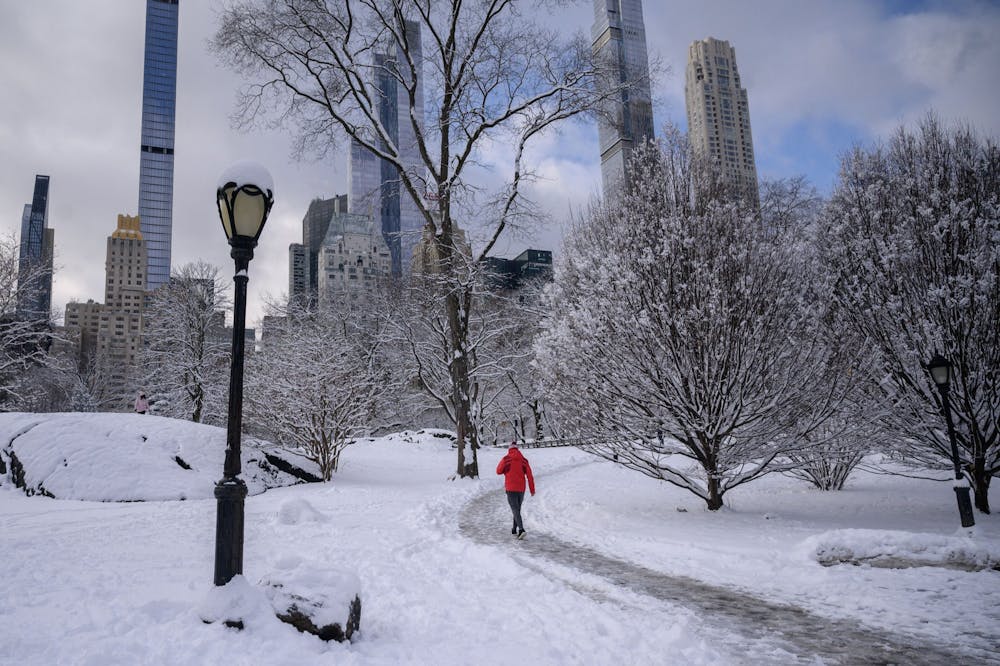Editor’s Note: This story includes mention of sexual violence.
The term gentrification was coined in 1964 by British sociologist Ruth Glass, but the history of gentrification dates back to over a century ago.
According to the Merriam-Webster dictionary, gentrification is a “process in which a poor area (as of a city) experiences an influx of middle-class or wealthy people who renovate and rebuild homes and businesses and which often results in an increase in property values and the displacement of earlier, usually poorer residents.”
Fairfield Indiana was a small town in Franklin County. Its population never reached more than 1,000 residents and it was roughly 13 acres. Franklin County became an official county in 1811 and at the time, African American residents were already living along the Whitewater River, according to Indianahistory.org.
The river was a source of food and transportation. It was a big part of the fur trade which was thriving during this time. The land surrounding the river had rich soil and was great for farming. Many Black people called Franklin County home and in 1850, the Black population in this county had peaked at more than 200 Black residents.
By 1860, there were approximately 14 African American residents in Franklin County. The small but thriving Black community had vanished in just a decade.
The state of Indiana made plans in the 1960s to turn Old Fairfield into a reservoir due to flood control, although Fairfield rarely flooded, according to White Water Publication.
The town was a ghost town leading up to reconstruction in the late 1960s. The government had bought out many of the homes in this town and demolished them in preparation for their new project, Brookville Lake.
Fairfield is now referred to as Brookville Lake and Old Fairfield is completely underwater.
The history of Old Fairfield is spotty, not unlike many other 19th century towns. Once these towns were occupied by a thriving Black community, until those residents were forced out, which often led to the town being demolished or flooded.
Whatever happened to Oscarsville, GA?
Oscarsville, Georgia, is now deemed a cursed lake, Lake Lanier.
Lake Lanier was built in 1956 and many Black families were displaced to build the reservoir. Prior to the reservoir being built, this small town had over 1,100 African Americans, according to The Signal.
African Americans fled this area in fear of being lynched after the sexual assault and murder of a young white woman named Sleety Mae Crow. Two young African American men were accused of this violent death which caused white residents of Oscarsville and surrounding cities to wreak havoc on African American residents of the city.
Unlike Fairfield, a lot of structures from Oscarsville still exist, they’re just completely submerged underwater. This underwater town makes it hard to find the bodies of over 200 people who have died at Lake Lanier since 1994 by drowning, boating accidents and jet ski accidents.
Whatever happened to Seneca Village?
It is now known as the infamous Central Park in New York, New York.
Before it was one of the most famous parks in the U.S., it was a lively, predominantly Black community.
In 1855 there were 255 residents, two-thirds of which were African American. According to Central Park Conservancy. Half of the African Americans in this community owned their homes in 1855, which was rare.
In 1850, the city wanted to build a park for recreation and to be the country’s first major landscaped public park. By 1857, the city had used eminent domain to buy out all of the residents' homes to begin the construction of the park.
Displacement within Black communities in the United States is not uncommon, due in large part to areas primarily populated by Black people being uprooted, also known as gentrification. Gentrification has been a big issue in major cities in recent years, and gentrification has a long destructive history. It not only took away homes, but it has taken away Black history.
It’s important to celebrate African Americans’ success in building bountiful communities in the U.S. for centuries and not let it be washed away by gentrification.






